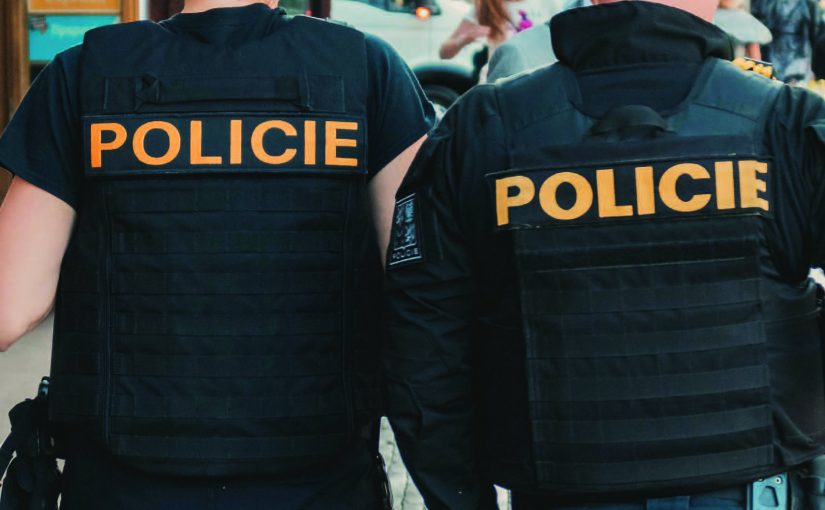
Procurement of soft body armor is a relatively new responsibility for law enforcement organizations. It is very possible that many police executives have rarely dealt with the purchase of body armor. Until the mid-1970s body armor was bulky and generally not suited for patrol work. In the 1960s, a DuPont scientist developed a new fiber called Kevlar, though at the time she did not envision that she was bringing lifesaving technology to the police community.
In groundbreaking work undertaken by the forerunner of the National Institute of Justice (NIJ), the U.S. Department of Justice teamed up with the U.S. Army to develop prototype body armor using Kevlar. The prototypes were field tested by several large, urban police agencies and were determined to be effective. The first documented save came on December 23, 1975, when nowretired Seattle police officer Raymond T. Johnson was shot by an armed robber. Three .38-caliber bullets from the robber’s pistol hit Johnson, one in the hand and two in the center of his chest; his prototype body armor stopped the chest shots. In the intervening years, more than 3,000 police officers wearing soft body armor have been saved from needless disability or death.


